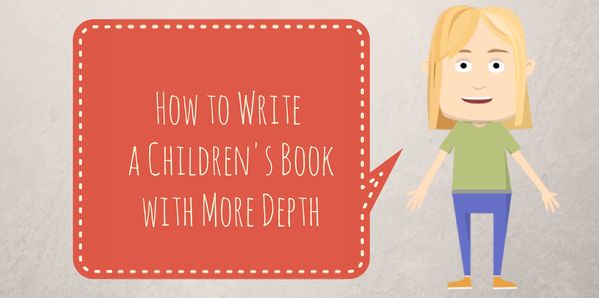
by Russell Hoy
Whether you’re an expert author or a kids book dummy, if you’ve ever tried to write a children’s book, you know how important it is to write with a particular audience in mind. Once you really understand the thought process of a child in your target age range, then you can develop a plot, characters, and illustrations that those kids will relate to.
Even though having a target audience is absolutely necessary for making a great story, you can add a lot more depth in your story by realizing one important fact: kids aren’t the only ones reading your stories, and they aren’t going to be the ones paying for the next book you publish!
The importance of appealing to parents is well demonstrated by “Go the F*** To Sleep”, a book by Adam Mansbach that became an Amazon #1 bestseller – a month before it was even released. Here is an excerpt:
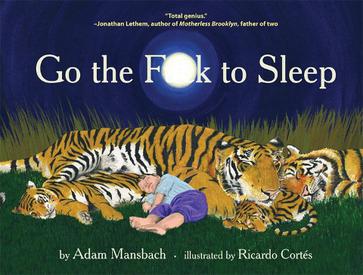
“The cats nestle close to their kittens now.
The lambs have laid down with the sheep.
You’re cozy and warm in your bed, my dear
Please go the f*** to sleep.”
Although the book looked like a children’s picture book, it went viral because parents loved the adult humor and bought it just for themselves!
Writing Stories for Kids and Adults
Of course, the primary audience for your children’s book is probably kids (not agitated parents), but if you keep parents in mind, everyone can enjoy the story! Here are some tips to help you write a story that parents enjoy as much as kids do.
Character Development
When you develop your characters, think about whether a kid will relate to them, but also whether a parent would like them. If a main character is young, the parent might not identify with the character themselves, but they might still relate to the character as if it were their own child.
Plot Development
Think about whether you can add something to the plot line that will emotionally engage parents as well as kids. For example, nobody likes reading a book that “preaches” to kids, but it is great if your story can teach a lesson that parents care about. Children’s books are a great way to teach life lessons, and it’s an added bonus if that lesson engages both the parent and the child.
Illustrating a Children’s Picture Book
If you’re at the stage where your story is being illustrated, don’t forget about the parents! Good illustrations will be simple enough for a child to enjoy, but not too boring for an adult to look at. Many of the best and most famous picture books tend to have very stylized illustrations that are simple to understand yet stunning to look at.
How NOT to Write a Kids Book
When you are writing with both parents and kids in mind, be careful not to change your book too dramatically.
– Don’t change your vocabulary to impress adults. (You probably won’t want to put swear words in your story, like Adam Mansbach did!)
– Don’t change your plot so much that the child won’t enjoy the main plot line.
– Don’t develop characters that are interesting to adults but not kids. Great characters should appeal to both!
Tips for Adding More Depth To Your Narrative
I encourage you to try writing a story for parents and children. You can even take a story you’ve written and see what changes would make it have a broader appeal to parents. Once you feel comfortable with writing for two different audiences, it might be a fun exercise to try writing for multiple audiences. For example, try writing a story that appeals to 5 year olds AND 10 year olds AND parents. Don’t overdo it though – your story will get confusing if you try to do too much! Remember, your story doesn’t have to be any more complicated, it just has to be thought out with each audience in mind.
Congratulations, you’re ready to try writing a multi-layered kids book with enough depth for everyone enjoy it!

Russell Hoy is the co-founder of my Storybook, a fun website where kids can make and publish their own stories. He is also an aspiring author and tries to write as many fun new stories as he can! If you’re curious, try writing a children’s story at myStorybook.com as well.
You can keep up to date with the new featured stories, authors, and contests on facebook.com/myStorybookcom
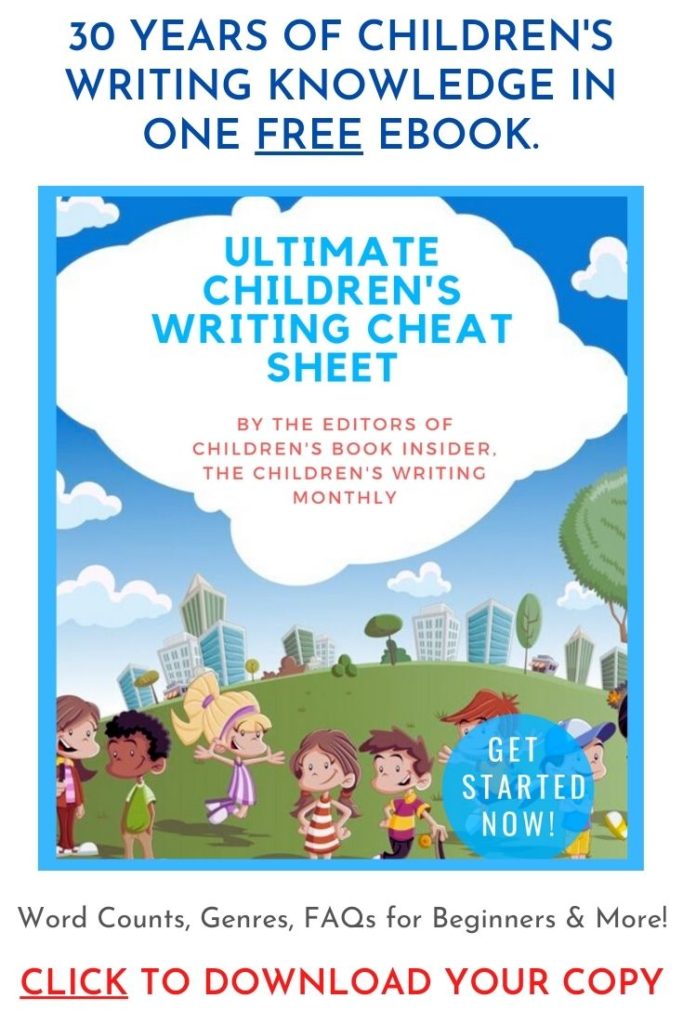
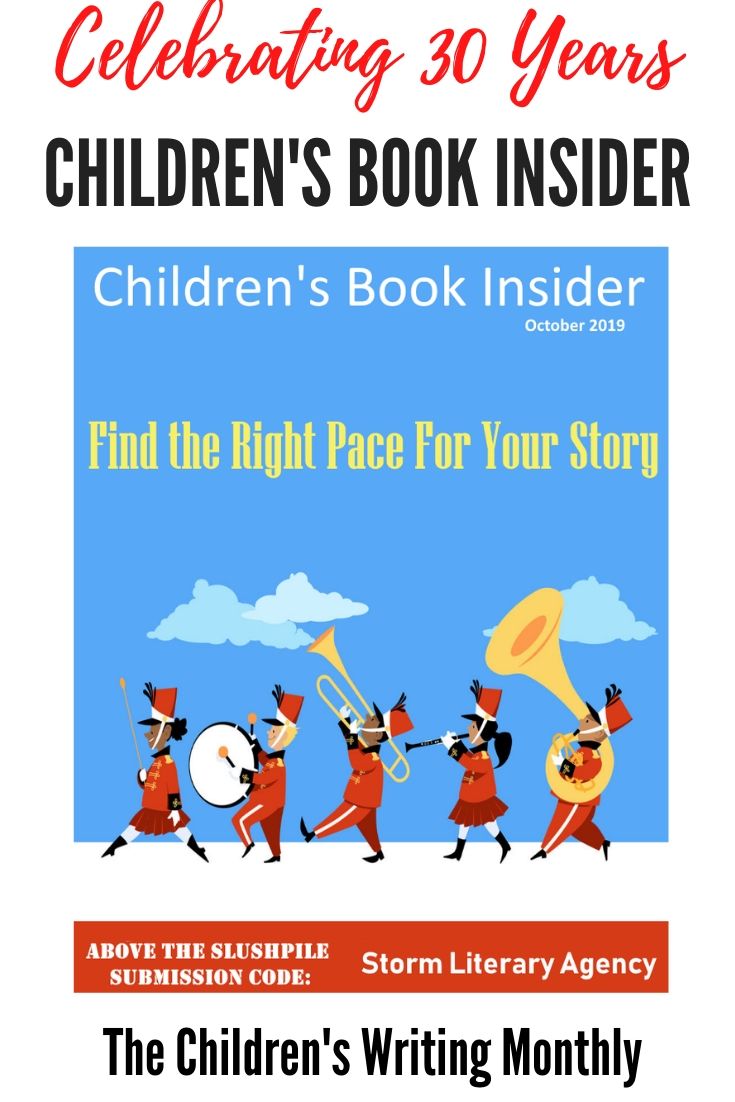
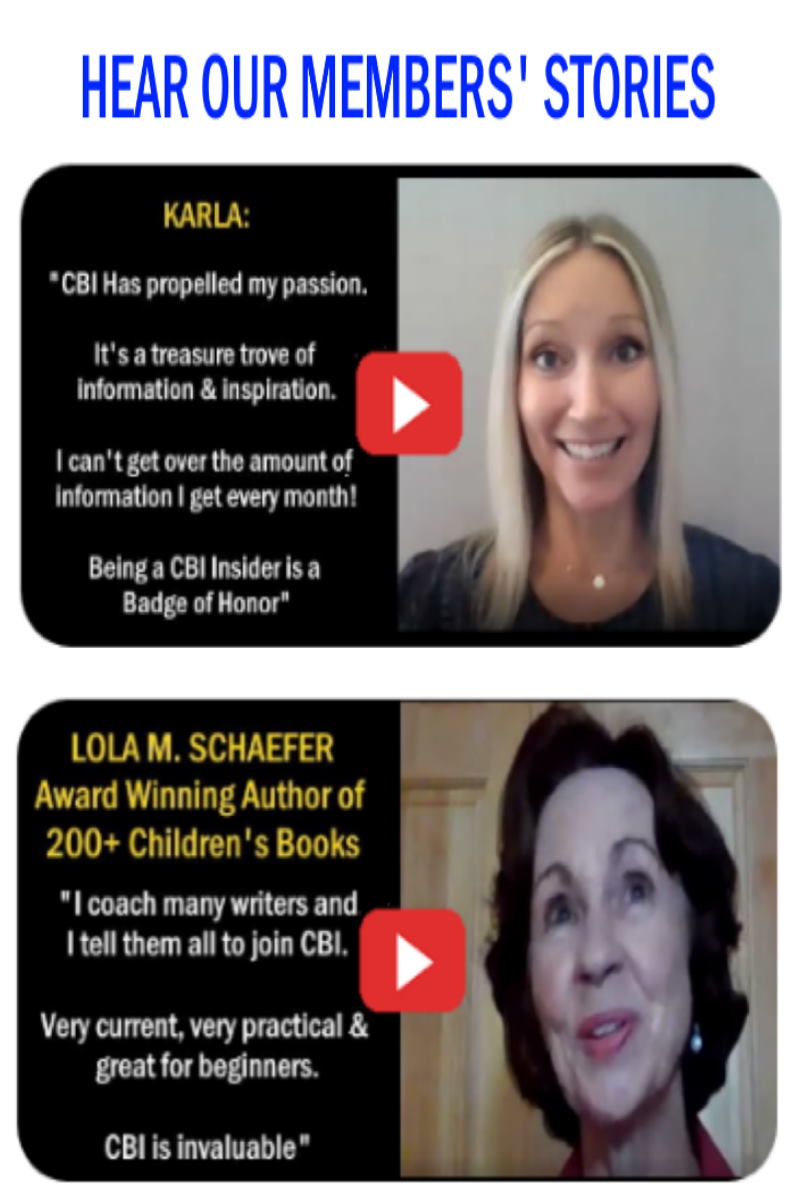
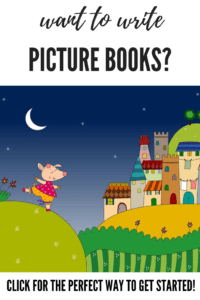


Good tips, Russell.
But I can’t see where this was a children’s book, just based on the curse word on the front.
Russell’s really making two points with this post. First, adults will read books that look like kids’ books if the humor appeals to them. Go the F**k to Sleep is really a book for adults who have young children and have read the same bedtime story to those kids 65 times in a row. The second point, the one that’s really the takeaway here, is that if you can infuse your picture books with some layers that speak to the adults, as well as layers that speak to kids, then you’ll really have a hit. Picture books really have two audiences–the children hearing the story, and the adult reading it.